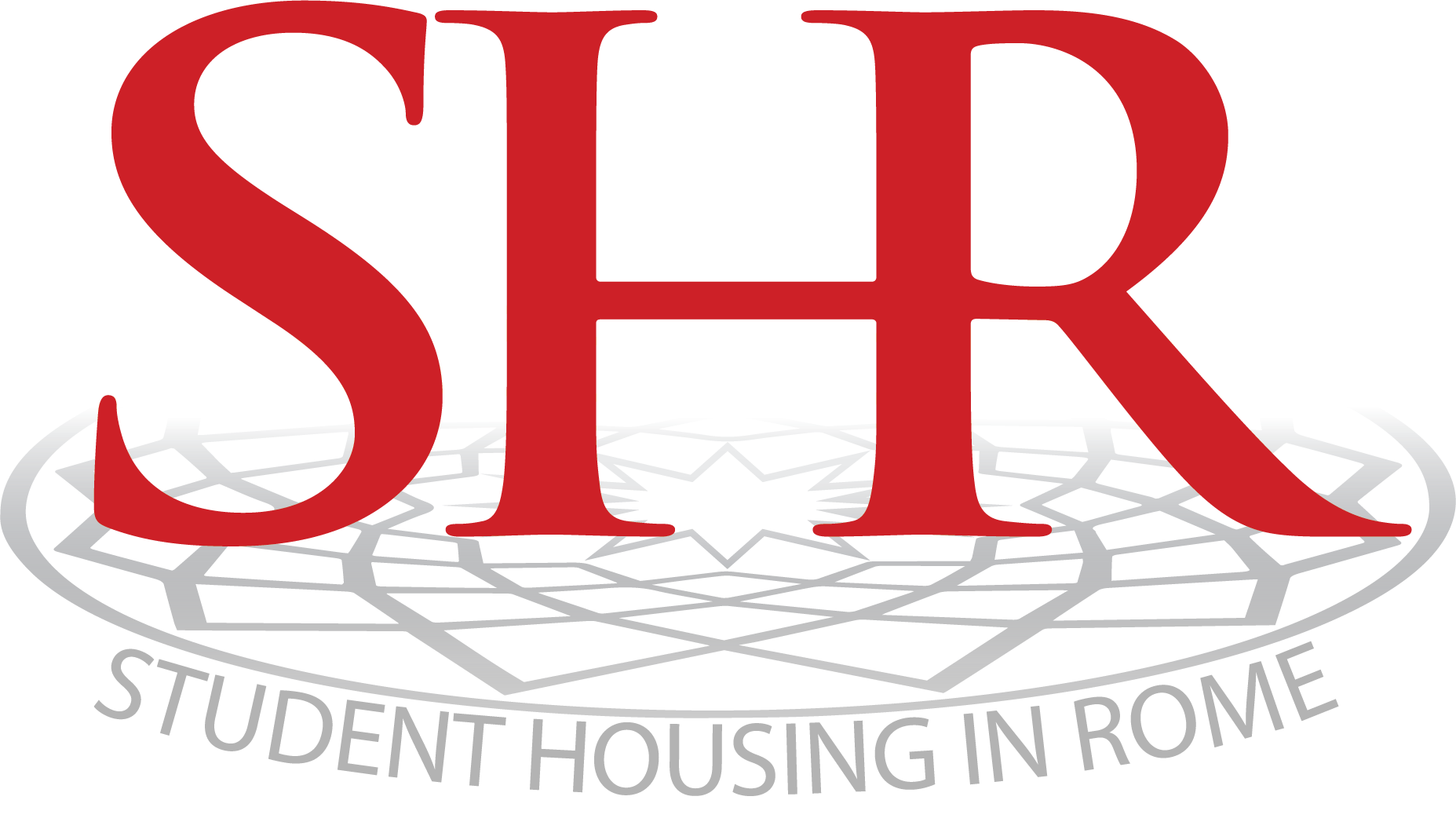In the first century BC a bend of the Tiber River went by the name of Prata Neronis (“prata” stands for ‘meadows’ in Latin) following Christians martyrdom under Nero in those shores. It subsequently changed its name to “Prata Sancti Petri” in the Middle Age and then to “Prati di Castello”, for it was close to the Mausoleum of Hadrian, Castel Sant’Angelo. The latter is the logo of Prati even though it is located in the rione of Borgo.
Prati’s symbol is the outline of Adrian’s mausoleum in blue on a silver background. In the Roman era, the territory of today’s Prati district consisted of vineyards and groves forming part of the property of Domizia, wife of Domiziano (the Hortis Domitii). Until 1870, it extended across a vast area of meadows, marshes, vegetable gardens and vineyards which were scattered with huts, some farmhouses of market gardeners and winemakers as well as some luxurious villas such as those of the Altoviti’s on the riverbanks.
The rione dates back to the second half of the 19th century, when the government built barracks, a parade ground and the courthouse in that area. Houses little by little enfolded Prati’s meadows, founding a district in which the administrative structures of the Kingdom of Italy as well as the residences for the state officials would be housed. The urban road plan was studied in such way that none of the new streets would have St. Peter’s Dome in the background, a testimony of the tense relations between the new Italian state and the Vatican during the period preceding the signing of the Lateran Pacts. For this reason, the names of the streets of the new district were all chosen from historical figures and leaders of Republican and Imperial Rome, classic Latin and Pagan writers as well as heroes of the Risorgimento to which the main plaza was dedicated . The rione Prati was born.
Immediately after World War I, the area knew a peerless development. Via Cola di Rienzo stood out in the toponymy of the City as the real, long-awaited main street of Rome: perfumeries, shoe factories, barber shops, groceries and the covered market lined up along this arterial road, lit up with bright lights. Nowadays, the Prati district is characterized by spacious streets in view of a geometrically spaced urban plan, by elegant palaces built in the “Umbertino style” and houses built in the “Art Noveuau style”.
